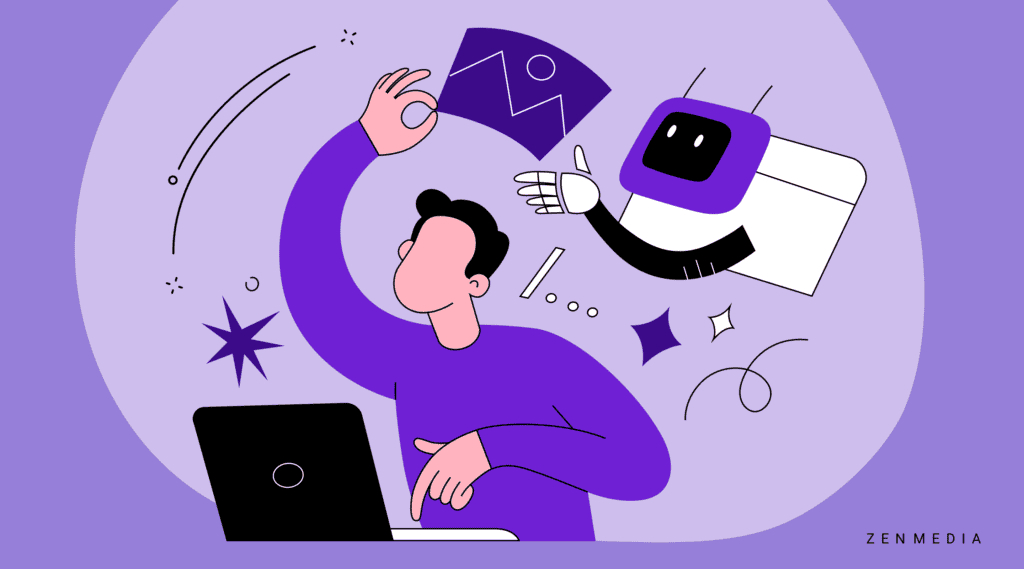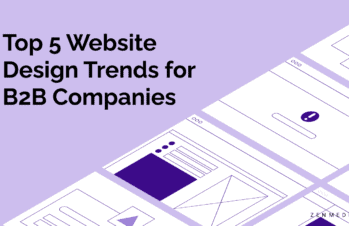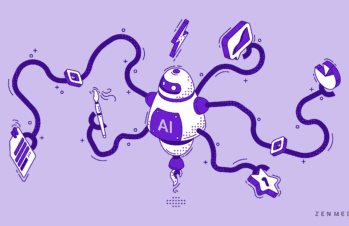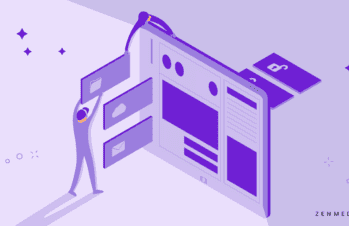It’s the year 2000, and you’ve designed something on your computer. “Cool,” someone says. “What did you use to make this?”
“Photoshop,” you say.
“Oh.”
For decades, this was the public’s response to digital art. This was the public’s response to the advent of photography and later to the widespread adoption of smartphone digital photography. This was also the public’s response to electronic music, like in 1997 when Rolling Stone wondered: Does sampling and creating music from electronic sounds even qualify as songwriting or musicianship?
In 2024, these things aren’t up for debate. Today, venerated institutions like the Smithsonian feature the artists who’ve embraced these new tools and pioneered the digital age. Creating music tracks from samples, electronic instruments, and digital tools is a regular, accepted practice in the music industry. The global electronic music business itself is valued at $11.8 billion, growing 17% between 2022 and 2023 alone. And when was the last time you went into your darkroom to develop a photo?
So, what does all this have to do with artificial intelligence (AI) and marketing?
Everything.
Artificial Intelligence Is Here To Stay
You don’t have to like electronic music. You don’t have to like digital art, and you don’t have to like AI or machine learning, but these things are here to stay. The global artificial intelligence market size was estimated at $196.63 billion in 2023, is on track to hit $279.22 billion this year, and is projected to hit $1,811.75 billion by 2030. That’s a compound annual growth rate (CAGR) of 36.6%, which means at least one thing: this genie is never going back into the bottle.
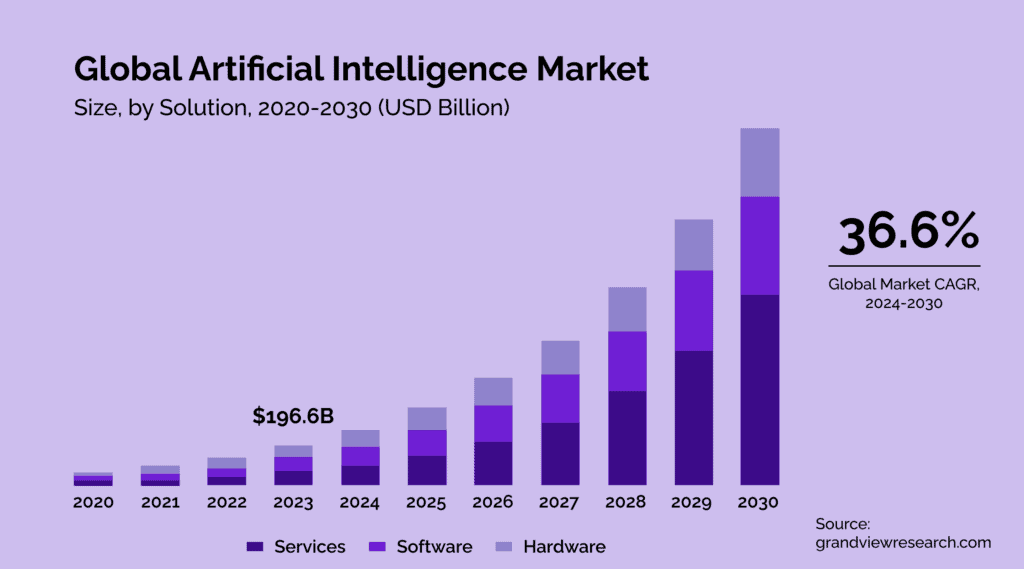
A 500-page Stanford University worldwide AI trends report published this year revealed that “…corporate AI is the only player in the room right now.” Of all new foundation models developed in 2023, “industry” accounted for 72%, overshadowing categories like “academia” and “government” by a staggering amount.
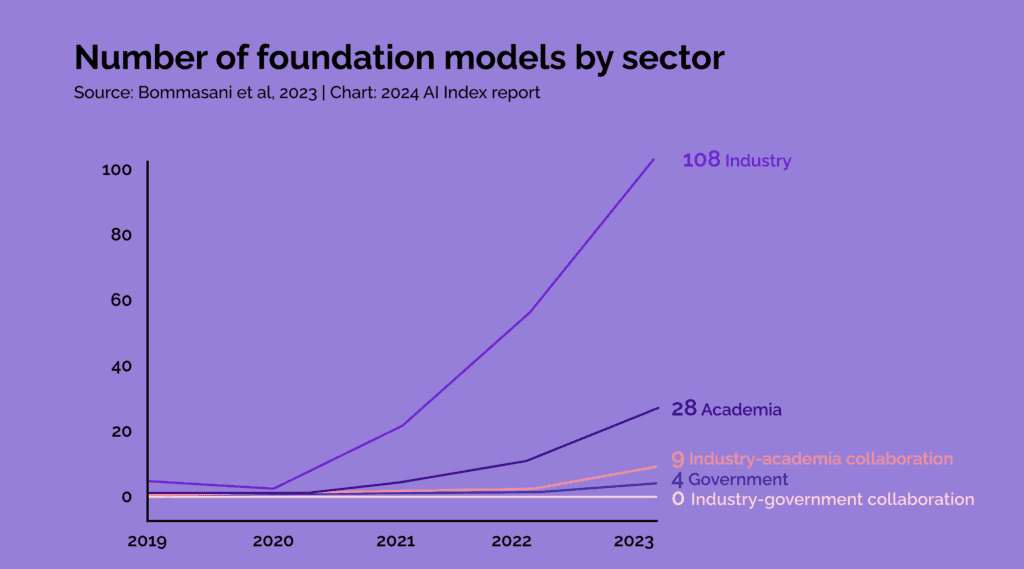
We’re at the uncomfortable and unavoidable moment that comes with any major technological disruption—and we saw this not too long ago with the advent of the internet. Do you remember the moment you realized, Huh, everyone I know has an email address? (Bill Gates remembers.) If you’re 35 or older, you probably remember a world where snail mail and faxing information was essentially the only way to send and receive correspondence. But, as Gates mentions, the internet became increasingly common and one day, everyone had an email address and shopped online. Google, the company, even became a verb—as in, “Just google it.”
The internet offered the world a completely new, always-on dynamic—for better or worse—and had exponential effects that forced widespread adoption for individuals and businesses. This is the same situation we’re in today: Organizations that don’t apply AI technology to grow, optimize, and deliver more to customers will fall behind.
Yes, there are problems with how AI models of all kinds have been trained, and yes, there will be displacements. For instance, a recent report by Goldman Sachs suggests AI may replace as many as 300 million jobs over the next 10 years. That’s over 9% of all jobs worldwide. As a society, we must be proactive, compassionate, and mindful about these very real issues—but that’s a topic for a different blog.
The same Goldman Sachs report cites that more than 85% of total US employment growth since 1940 has occurred within occupations that didn’t previously exist, meaning we’ll likely continue to see new roles develop hand-in-hand with advances in AI.
So, if you’re worried about AI replacing you in the workforce or changing your job, the best thing you can do right now is adapt because battling a $1,811.75 billion industry is like trying to block a waterfall with a paper cup. So, don’t fight the tools that are reshaping our world—become fluent with them instead.
The Truth Nobody Wants to Tell You About AI Tools
According to the 2024 Work Trend Index published by Microsoft and LinkedIn, 78% of AI users are bringing their own AI tools to work (“BYOAI”). This includes employees across every age group, not just Gen Z. Yet 52% of people who use AI at work are reluctant to admit they’re using it for their most important tasks, while 53% worry that using AI on important work tasks “makes them look replaceable.”
That means three out of four people use AI at work—a figure the same report mentions has roughly doubled in the last six months—but they don’t feel comfortable talking about it for fear of job security.
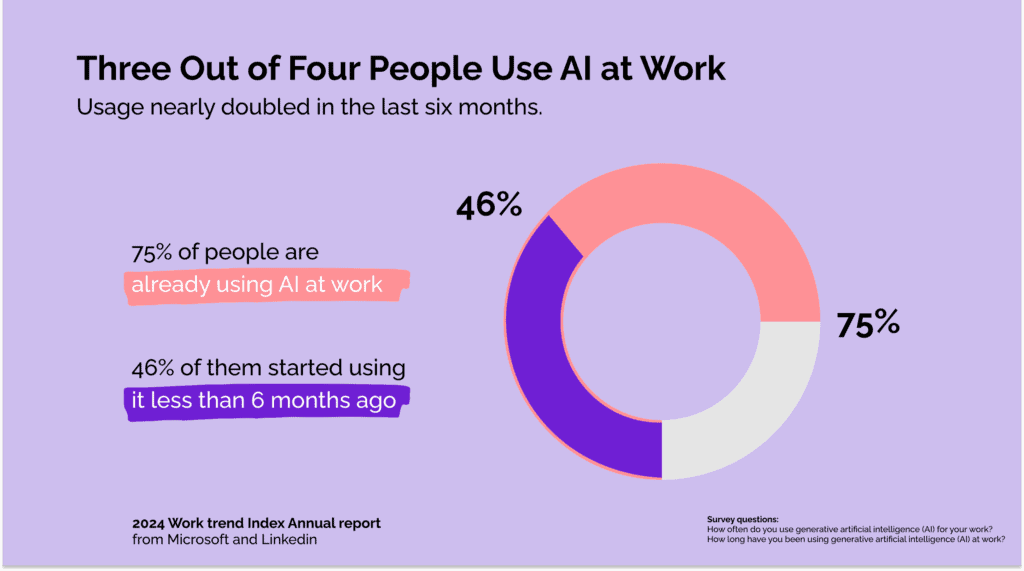
There are two problems with this. The first is that both organizations and employees are missing out. If workers felt more comfortable talking about the tools, prompts, and techniques they use to automate routine tasks, execute faster, and work more creatively, companies could implement the best techniques at scale, benefit from better strategies and more informed decisions, and train other employees on AI best practices.
That leads to the second problem. Company data and cybersecurity can be at risk without well-understood AI best practices. So, it’s crucial for companies to ensure employees don’t just feel secure, but are genuinely secure enough to share how they’re using AI.
And there’s one more thing: new research shows that employees who self-identify as heavy users and creators of generative AI (88% of whom are in nontechnical jobs like middle managers, administrators, and marketers—in fact, the most regularly reported generative AI uses are in marketing and sales) are an in-demand employee group that strongly emphasizes flexibility and relational factors like meaningful work, caring leadership, and well-being over pay. Because of this, they represent a flight risk to companies that don’t offer such flexibility and factors beyond compensation.
It’s hard to reskill and upskill if your talent takes off—something 51% of respondents to a recent McKinsey survey in technical and nontechnical roles plan to do over the next six months.
A Lower Barrier to Entry Is a Good Thing
Tools like Adobe Photoshop aren’t necessarily cheap. However, buying and storing canvases, quality paints (which kind, by the way? Acrylic, oil, pastel, watercolor?), pastels, charcoal, blending tools, brushes, easels, and more also require not just a significant investment, but the physical space to store mountains of materials. Add to that the very real cost of not having Ctrl+Z (undo) while practicing with finite, analog materials, and the barrier to entry becomes a tall wall to scale.
Replace all the details in the above paragraph with musical instruments, photography, videography, publishing, 3D modeling, financial investing, game development, and more. Digital tools tore down the barriers in those industries and enabled people from all walks of life to participate in ways they couldn’t have in decades past.
For the first time, kids who can’t afford supplies and instruments have an environment where they can practice. In a reality where college costs are 1,502.03% higher than 50 years ago, young adults who can’t afford increasingly astronomical tuition rates have access to platforms where they can learn, especially if they have the drive to use free internet tutorials and teach themselves. And in a world where only an elite few could share their stories with the world, services like Amazon KDP, Wattpad, and Medium have allowed people from all backgrounds to bypass gatekeepers and share their work with a global audience.
Using AI in Your Marketing Strategy
In the exact same way, AI tools have the power to democratize creativity once more, putting powerful tools in the hands of a broader population and diversifying our workforce. When it comes to AI marketing tools or simply using AI in marketing efforts, the possibilities are endless. Here are just a few:
Conceptualize a YouTube Commercial
Describe your idea to a text-to-image AI like Midjourney, DALL-E, or Ideogram and develop a compelling storyboard in seconds.
Outline an Engaging Podcast Commercial Script
Share it off the top of your head with a large language model (LLM) like ChatGPT or Claude, and immediately produce your rough draft in script format.
Maximize Your Ad Spend ROI
AI tools can analyze ad performance in real time and automatically adjust bids, budgets, and targeting parameters.
Segment and Personalize Your Email Marketing Campaign
AI can determine the best time to send emails to returning, new, and potential customers, personalize content and subject lines, and A/B test different versions to see which performs best. Use these valuable insights to fine tune your marketing efforts.
Analyze Customer Sentiment and Use Predictive Analytics
AI tools can follow the customer journey, analyzing customer feedback, social media comments, and reviews to gauge audience sentiment about your brand. This, along with AI tools that predict future trends and customer behavior, allows you to proactively manage your brand’s reputation.
Manage Your Social Media Content and Platforms
AI tools can schedule social media posts, analyze engagement metrics, and generate content concepts, making social media marketing more efficient and effective.
Create Content for a Blog Post or Article
Give an AI your rough draft ideas, notes, or list of concepts as well as your target audience or goal and ask it to help you form an outline, instantly organizing your ideas into a format you can easily edit.
Of course, that said, not all AI-generated content is created equal. Ask us how we know.
How We Know: “In Today’s Fast-Paced World of Digital Landscapes, Tapestries, and Beacons”
See that headline? That’s a bad headline. That’s a headline ChatGPT thinks is excellent.
LLMs like ChatGPT and Claude tend to overuse certain phrases or words in their outputs due to biases in their training data, where specific patterns and word frequencies are more prevalent. This trains the LLM models to replicate these patterns in the text they generate. Thus, AI-generated content full of landscapes, tapestries, and fast-paced worlds. LLMs are also prone to hallucinations, which refers to instances where an AI system generates incorrect or nonsensical information that appears plausible or coherent.
The tactful and successful use of AI requires prompt engineering, which is the process of designing and refining input prompts to optimize the performance and accuracy of AI-generated output. AI output also requires careful editing. For example, text-to-image AIs like Midjourney and DALL-E are notorious for producing photorealistic images of people with a not-so-realistic number of fingers, eyes that don’t look in the same direction, and smiles revealing a questionable number of oddly shaped teeth.
AI Requires a Human Touch
This technology is powerful, but like any tool, it requires skill to use (and human involvement). Going back to the Photoshop example from before, anybody can install the program. Anybody can access its undeniably exhaustive suite of tools (which include generative AI auto-fill and text-to-visual tools now, too).
But what happens after that depends on the skill of the user.
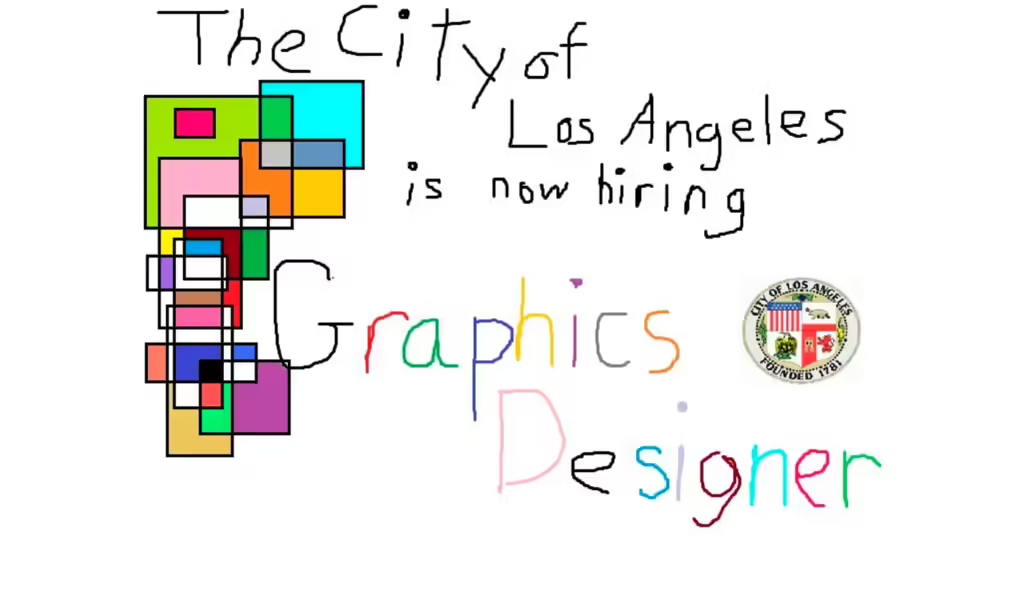
An actual ad made by the City of Los Angeles
AI’s potential to enhance creativity and productivity is undeniable, and harnessing its full capabilities requires practice. This shift toward sophisticated prompt engineering and thoughtful editing not only improves AI outputs but also sets the stage for the next transformative wave across all industries, particularly those in creative sectors like digital marketing.
But the point is that these technologies are demolishing barriers, empowering a new generation of creators, and potentially promoting much-needed diversity in every field.
AI Tools: Promoting Diversity and the Next Generation of Creative Empowerment
It might not surprise you to learn that at Zen Media, we believe fostering an environment of diversity is genuinely the right thing to do (also, living and working in a hall of mirrors sounds terrifying). But on top of that, there’s a business case. McKinsey has reported a 39% increased likelihood of overperformance for businesses led by diverse executive teams—a figure that has been consistent over time. The same report revealed that companies with women in leadership exceeding 30% are significantly more likely to financially outperform those with fewer, and McKinsey has reported more engagement, innovation, and revenue earned from diverse teams.
So, why do businesses with diverse leadership and team members do so much better than their homogenous counterparts?
When we all view things through the same lens, we suffer from the same blind spots. When we come from similar backgrounds, we tend to see things the same way. That means you have teams of people approaching problems from the same angle and steering toward the same solutions.
Diverse teams benefit from coworkers who can see things the person sitting right next to them can’t. They can make connections their neighbor couldn’t think of. They truly have each other’s backs—because they have enough viewpoints to see in 360 degrees. This is a wealth of knowledge and experience potential employers looking to 2025 and beyond should not overlook. But with a professional world full of hiring biases, what are organizations to do?
AI in Hiring
The job market has always been plagued by biases and limitations that have prevented talented individuals from diverse backgrounds from securing positions they’re qualified for. For example, research published this year shows white job applicants still receive up to 24% more callbacks than Black applicants, and 15% of applicants believe their accent prevents employers from choosing to move forward with them.
This is where AI comes into play. In fact, 68% of recruiters believe using AI in the recruitment process will remove unintentional bias—provided safeguards are put into place to ensure AI doesn’t learn, reproduce, or exaggerate said bias. AI can help companies identify and recruit talent from a wider pool of candidates, reducing the reliance on traditional hiring methods that often perpetuate biases. By analyzing job descriptions and candidate profiles, AI can match individuals with opportunities based on their skills and potential rather than subjective criteria.
And for those who live with a disability or who didn’t have access to the type of education that may have taught them how to write a cover letter or perfectly format a resume—to be clear, these individuals are otherwise qualified but face a barrier to entry they wouldn’t likely have to deal with once on the job—AI-powered tools like LLMs are already facilitating access to job opportunities by assisting with resume optimization and cover letter-writing.

We didn’t all learn the same things, and we didn’t all learn things we use
One of the most exciting things about AI is how accessible it is. Though it takes time to perfect, it’s very easy to get started. Many tools are free or available at a low cost, enabling people from all walks of life to compete in ways that were not possible before. Similar to the way Amazon’s self-publishing platform transformed the publishing industry, AI has the power to level the playing field for job-seekers. And by providing guidance on how to effectively showcase their skills and experiences, AI empowers individuals who may have previously been overlooked due to factors such as socioeconomic background, education, or lack of professional networks.
AI as a General-Purpose Technology
In a recent report through Google, The Economic Impact of AI, author Andrew McAfee makes the case for AI as a general-purpose technology, outlining three significant characteristics all general-purpose technology must possess in order to qualify:
- Rapid improvement
- Pervasiveness
- Complementary innovation
The steam engine, for example, boasted all three. As McAfee goes on to explain, there’s already compelling evidence that generative AI features them, too.
A 2023 study examined all tasks completed by American workers to see which could be done at least two times faster with no loss in quality from applying generative AI tools. It found that almost 80% of the jobs in the US economy could see at least 10% of their tasks done twice as quickly (again, with no loss in quality) through the use of generative AI. When the threshold was increased, half the tasks completed by 20% of all workers qualified.
In short, AI qualifies as a general-purpose technology. AI is only a few years old, and it’s already being used to improve tasks and streamline processes across the board by people of all generations and skill sets. At the same time, its capabilities are expanding at a rapid rate. Among the most exciting outcomes of this new, general-purpose technology is that those who adopt early and innovate will completely reimagine and transform processes and organizations.
Embracing AI-Powered Change and Opportunity
A phrase our CEO, Shama Hyder, sometimes shares comes to mind: When you focus on the merely measurable, you miss the meaningful. What’s happening with AI is measurable in some cases, but it is far more meaningful and changing our world in unquantifiable ways.
Imagine a world where anyone can produce Hollywood-level special effects, compose symphonies, or design games. Consider a future with fresh digital marketing ideas developed from a work culture where human-centric skills like critical thinking take the spotlight because AI is handling the mundane, repetitive tasks that previously stole everyone’s focus. Tools powered by AI are becoming more sophisticated yet easier to use, allowing people without formal training to create high-quality content and share brand new ideas.
Of course, this transformation is not without its challenges. There are valid concerns about AI’s ethical implications, including machine learning bias and the potential for job displacement. This technology feels like it hit the scene so fast we can hardly keep up with it, making it all the more crucial that we proactively address these challenges by implementing robust ethical guidelines and ensuring that AI technologies are developed and deployed responsibly.
A Marketing Team With a Deep Learning, Cutting-Edge Strategy
In the near future, we can expect to see a proliferation of unique and diverse artistic expressions that are sure to impact marketing teams. By embracing the personalized experiences and possibilities that AI offers, we can look forward to a future where creativity and professional opportunities are accessible to all, regardless of background or resources.
The future is here, and it’s powered by AI. Partner with Zen Media, the B2B marketing and PR agency that’s always on the forefront of innovation (we even developed our own AI for PR). Our team of experts will help you leverage the latest technology to create compelling content, optimize your campaigns with actionable insights, and drive results. Ready to take your marketing to the next level? Contact us today.

